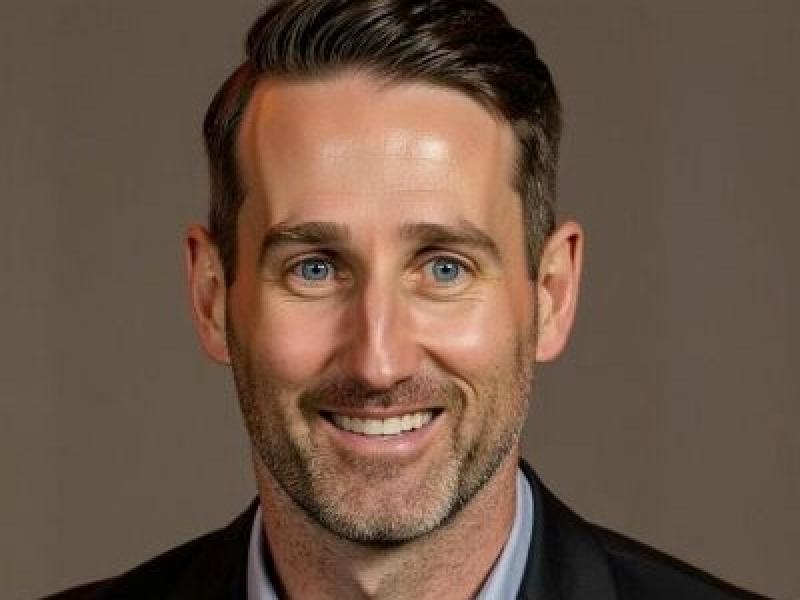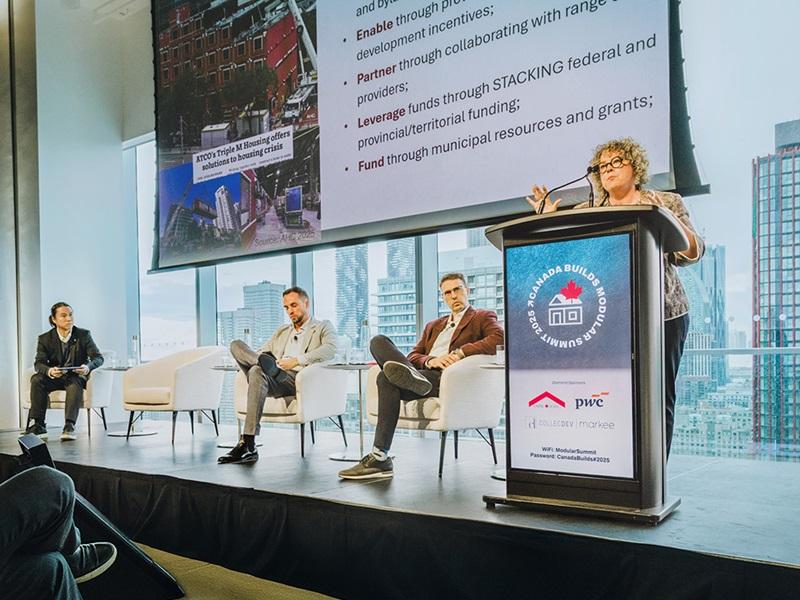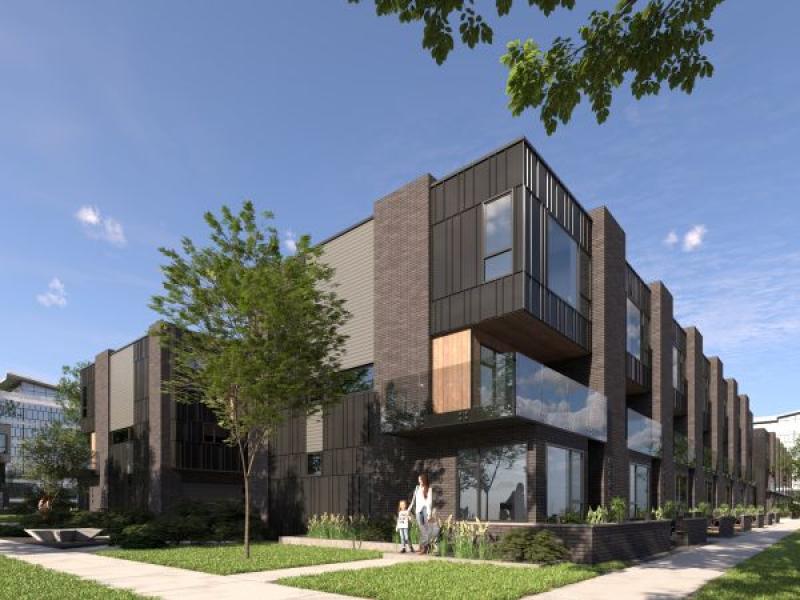
A 19th century building in Toronto that has hosted a church, a synagogue, an art school and more recently an office will soon be home to seven distinctive infill condos.
Located in the South Annex neighbourhood, Brunswick Lofts at 225 Brunswick Ave. comprises three two-storey penthouses and four two-storey garden units all ranging from 1,000 to 1,500 square feet.
Central to the aim of the project is delivering more middle housing to the local market after a decade of disuse for the building.
“The city needs more housing, it needs more missing middle housing, it needs this type of neighbourhood soft density. This was a perfect opportunity to do that, and using a really unique platform to do it from,” Jeff Kopas, president of developer Kopas Developments Inc., told RENX Homes in an interview.
Brunswick Lofts is the first condo project for Kopas. The Toronto-based company was founded by Jeff and his father Don Kopas in 2015.
Challenging, but unique - ‘a unicorn’
Kopas became aware of the opportunity to create Brunswick Lofts while walking around his South Annex neighbourhood and strolling past the site frequently. As he pondered the possibility of doing a small conversion, he came across the "For Sale" sign for the building, an opening he “jumped on.”
The building had never been used as a residential property prior to the renovation and was in “derelict” condition, so it demanded a significant rethinking of how to design the housing, Kopas said. Brunswick Lofts has “unique angles”, making for “interesting” floor layouts. It still retains most of the original building structure, except the roof.
“It made it a really challenging project, but also something that is super unique. It’s kind of a unicorn in the city,” Kopas said.
In addition to the architecture and design challenges, Kopas said the lack of a streamlined process for small, missing-middle type projects in Toronto also created issues as they worked through the required approvals.
An effort was made to preserve the building's heritage as a house of worship. The round church windows on the east are retained and the front entrance has two doors from its days as a synagogue. A multi-peak roof calls back to a church roof design, and cathedral-type ceilings in the penthouses cap off the homes.
Two of the penthouses are two-bedroom units, with the third unit having one bedroom. The four garden units are split evenly between two- and one-bedroom units. Each home has a distinctive layout, Kopas said.
Construction on Brunswick Lofts is to be complete later this month, having taken approximately 18 months. Two units are finished and have been staged.
Units will start at $1.45 million with no presales. Sales started this week with two units listed on MLS at a time, and updated once buyers have been found. Potential buyers who've expressed interest in the property have been a “total mix”, with Kopas unable to define a particular type of interested customer.
Contributing to its unicorn status is the high walkability of the community, Kopas explained. The businesses and restaurants of Harbord Street and Bloor Street are nearby, with the Royal Ontario Museum, the Art Gallery of Ontario and Kensington Market blocks away.
Kopas' conversion to housing
The Kopas Developments president is the third generation of his family to work in real estate, following in the footsteps of his grandfather who founded mortgage brokerage Kopas and Burritt Ltd. over 80 years ago. The brokerage was closed in the 1990s by Don Kopas, with the business transitioned into corner retail plaza development and a smattering of commercial projects.
The father and son duo founded the development firm to focus on post-and-beam projects in the Greater Toronto Area, including The Yards at 2 Tecumseth St. and 860 Richmond St. W.
The company is making a gradual change to more residential developments, eyeing a moderately sized conversion next. Kopas is currently considering transforming 860 Richmond St. W. into a commercial-residential building.
He believes the city could benefit from “more lower-, medium-sized density projects that have something unique about them within the city.”
An unstable commercial market still recovering from the COVID pandemic led to the company's growing interest in housing, which Kopas explained is currently a healthier building category. Kopas, who also works in film and television, finds housing to be a more “emotional, more creatively driven product” than commercial buildings.
While the challenges of this project make it unlikely Kopas will tackle another church conversion for a while, he does retain a strong interest in infill developments that can contribute to the character of their neighbourhoods.
Kopas said he's also looking to expand that philosophy into the rental housing sector.










